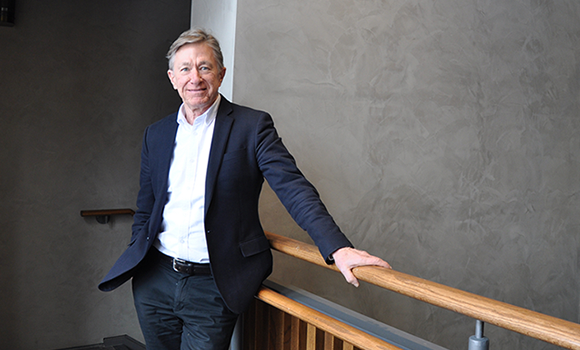A landmark study on gender equality among religious minorities in Canada sharply disputes the stereotype Muslim women are more repressed by men than other groups of immigrants.

Sharia law, burqas, honour killings and overseas terrorism directed at girls and women grab headlines and shape public opinion, but workforce participation rates among immigrants suggests a trend toward high levels of equality for Muslim females living in Canada.
The study is not only timely but unique because of its sheer scope and detail, said Jeff Reitz, the University of Toronto sociology professor who took the lead in a paper co-authored with Rupa Banerjee and Mai Phan, based on Canadian census data.
“There is no other study in any country based on a data sample this size,” Reitz said. “Gender equity in Canada’s newly growing religious minorities” is published online in the journal Ethnic and Racial Studies and due out in print this year.
“Three million cases is a lot of people to have data from when you consider normal public opinion polls are 1,200 or 1,500 people.”
Reitz said the study’s findings should dispel misperceptions about female subservience restricting Muslim women in Canada to roles in the home. While recent Muslim immigrants demonstrate more gender inequality than some groups, the data for others under far less public scrutiny such as Hindus and Sikhs are not much different. National culture in the country of origin makes a bigger difference than religion itself. For example, gender inequality is greater for Muslim immigrants from Pakistan than from the Middle East or Europe, regardless of individual strength of religious commitment. Similar patterns of difference by country of origin are found among Christian immigrants.
“Most tellingly, second-generation Muslim women in Canada are just as active in the workforce as other groups,” said Reitz.
Work force participation rates for women compared to men have long been viewed as a prime indication of the extent of gender equality in the Canadian population.
It made sense to use the same measurement to examine attitudes about gender among immigrant populations, said Reitz.
He had another motive as well. “Exhaustive data in a peer-viewed study is important for satisfying academics and other researchers, but the larger point is to reach the wider public and dispel some harmful myths.
“The idea that Muslims hold values that make it difficult for them to integrate into Canadian society is misguided,” said Reitz. “It also suggests how international politics can affect our attitudes toward immigrants.”
Reitz used data from the 2001 census and the 2002 Ethnic Diversity Survey because the 2006 census did not include a question about religion and the 2011 census was replaced by a household survey with a much lower response rate. The public version of the 2011 survey is not yet available.
In that sense, the data from the 2001 census is the most recent available, said Reitz, and the trends suggest it likely would hold true even if newer stats were available.

